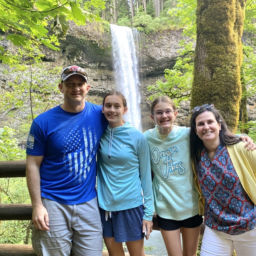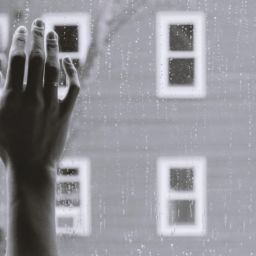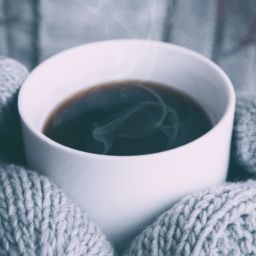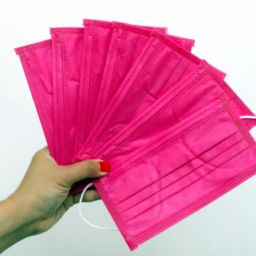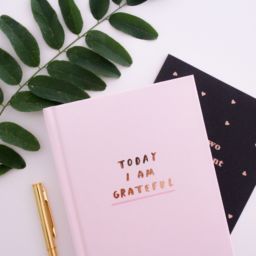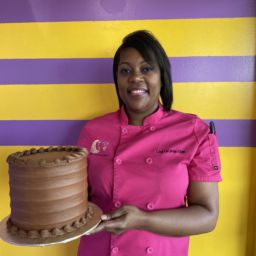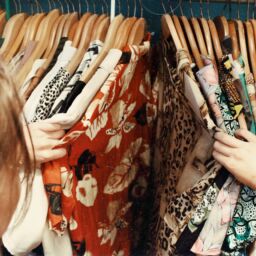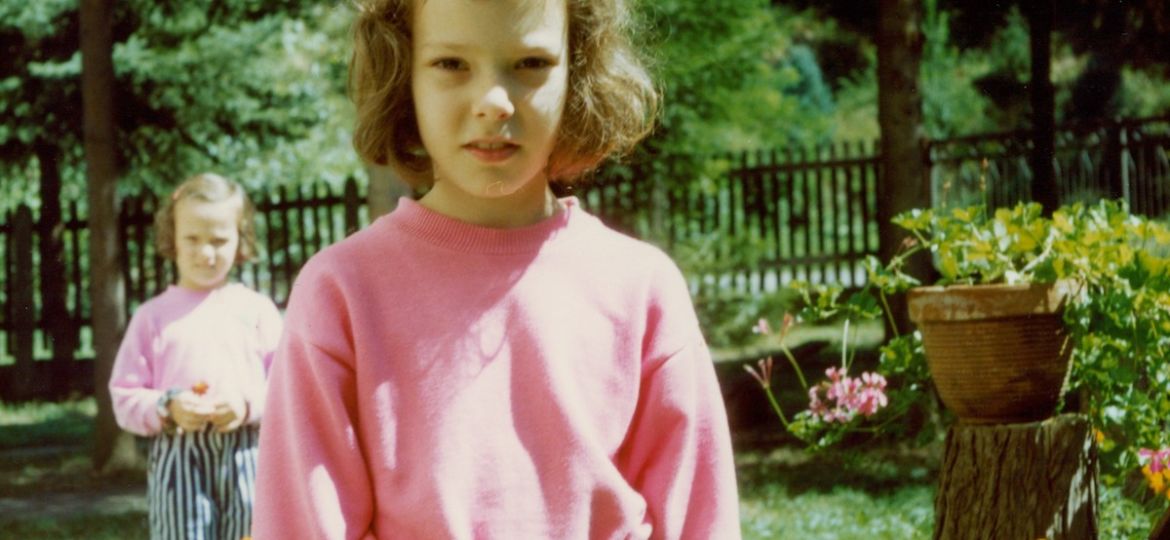
Cold. That’s the most vivid memory I have of our clandestine escape from Sarajevo. It was 1995, and although the Bosnian civil war had nearly ended, bouts of shelling continued, and my family was fleeing the city. As we left under the cover of darkness, I was nine and scared and cold.
After walking through underground tunnels — damp, dimly lit, cramped, filled with nervous energy — we spent what felt like an eternity on a dark, unheated bus, waiting for other refugees to arrive. It was truly the coldest I’ve ever been. I don’t remember what I wore, but I know I wasn’t underdressed. My dad had helped many people escape through those same tunnels, so he was well aware of the conditions. It was impossible to sleep, and as we eventually departed the city, I left behind a life where more than half of my early childhood memories were of war times.
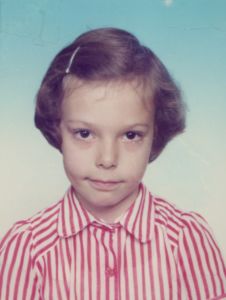
At age six, my parents put me and my then-three-year-old sister on a train with my maternal grandparents.
For a short trip.
While things blew over.
Telling us they’d see us soon, and feeling assured that I could easily start up school in a few months when we came back.
When this conflict blew over …
No one knew it would be nearly three years before we saw each other again. Three years of tearful bedtimes. Three years of rare and precious phone calls. Three years of milestones. First loose tooth. First report card. First pets.
We spent those years on a farm owned by a friend … or a family member … some distant relative, maybe? I loved that farmhouse, with its wood paneling and its creepy abundance of holy water bottles and pictures of saints. I have fond memories of eating bacon and high caloric, sugary cubes that came in the war rations delivered by people I’d never met and picked up by my grandparents, who were the real saints in that house. I may never know who owned that house because, even though we eventually escaped the war, much of the trauma lives on, and so many of the questions I’ve had over the years, I can’t bring myself to ask.
My parents had stayed behind with my paternal grandmother in Sarajevo, believing it would be over soon, knowing that abandoned property would soon belong to someone else, and hoping that life would resume its regularly scheduled programming. Instead they starved, and fought, and survived. What was it like?
Another question I can’t bring myself to ask.
When the conflict began to simmer, we at last were able to reunite. Three years is a long time for children that age. Long enough that my little sister didn’t remember my parents, having now spent half her life away from them. My parents had been the age I am now, 36, when they put us on that train and said they’d see us soon. At three, my sister was the same age as my son had been when the pandemic started.
We sheltered in place. In the early days of the pandemic we saw each other on Zoom. For them, being separated from their three-year-old grandson brought back memories of my sister at three. For me, as an adult and as a mother, their experience as parents became so clear. Drawing parallels between their experiences and mine made it clear that I needed to openly process the trauma, so I started therapy.
Fleeing your home for another country is a last resort. Even with the worst of homes, people hold out hope and fight as long as they can.
And then they go.
They go for their immediate safety. They go for their future. For their children’s future. They make the biggest sacrifice. They give up careers, and friends, and familiarity, and home because going into the unknown feels safer. They carry with them a few belongings, their memories, languages, and cultures. Maybe a few dollars. Maybe not.

After that cold bus ride, we briefly stayed in Croatia while interviewing for approval to come to the United States as refugees. My parents told our story. I remember singing the ABCs to the interviewing officer. I have a picture that was taken that day, wearing my favorite pink sweatshirt with white polka dots and a picture of a cartoon mouse. It was truly the height of fashion. I’m sure that the sweatshirt and the singing convinced him that the U.S. deserved my talent. Interpret that as you will.
I’ve often told my story in bits and pieces, always emphasizing how lucky we’d been. We were sheltered from the main conflict. We’d been supported by relatives. We were loved, and cared for, and fed, and nursed back to health when we were sick. Others weren’t so lucky. They experienced the snipers and the bombings. They were the real survivors.
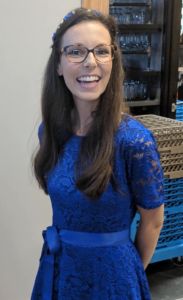
The fact that I was separated from my parents, that I changed schools three times in three years, that I too couldn’t go outside to play because of the shelling in our final days in Sarajevo, these things seem minor compared to the loss and suffering of others. I never connected the trauma with the severe separation anxiety leaving me in tears every day at my son’s school drop-off.
Today, my obsession with controlling and planning my life which looks like an organized, take-charge lady, is also an expression of that trauma. Feeling lucky compared to the experiences of others didn’t save me from my own distress. What started my escape from the trauma was acknowledging that my lived experience didn’t need a comparison, it needed compassion.
My own.
All of our content—including this article—is completely free. However, we’d love if you would please consider supporting our journalism with an Indy Maven membership.







